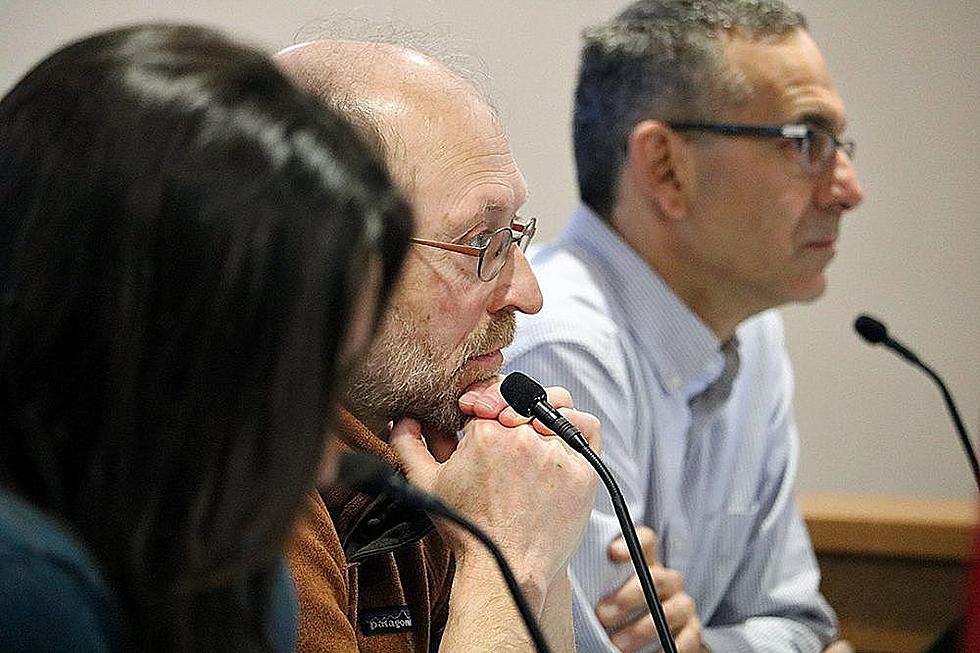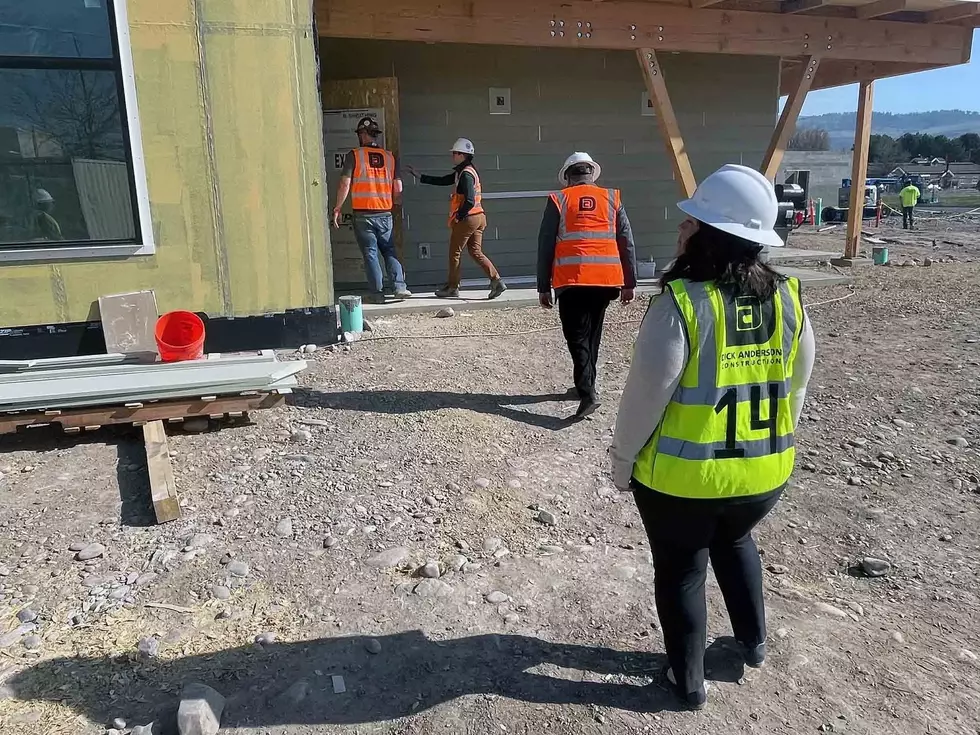
Despite lawsuit, Missoula County cuts state mills, citing statute
“This might be the first time in Montana history that a Republican governor has sued Democrat county commissioners so he can raise property taxes.” – Missoula County Commissioner Josh Slotnick
Martin Kidston
(Missoula Current) Citing standing Montana law, Missoula County on Thursday joined other counties across the state in levying fewer mills than what the state believes it’s entitled to through school equalization.
The state has long required counties to levy “95 mills” for school equalization while, at the same time, capping the number of mills local governments can raise for their own budgets.
Counties now believe the state is subject to the same rules it places on local governments and, as a result, they’re collectively capping the state’s equalization mills at 77.89 this year.
“The counties, collectively across the state, decided they would reduce the number of mills they are levying under the 95 equalization mills to be in compliance with state law,” said county CAO Chris Lounsbury. “When the value of properties goes up, the number of mills authorized to be levied goes down.”

The Montana Association of Counties has worked with both the Montana Department of Revenue and the Montana Taxpayers Association, along with outside legal counsel, to conclude that levying 77.89 mills is appropriate for school equalization for the next two fiscal years.
As of Thursday, at least a dozen other Montana counties – both large and small, Democrat and Republican – had voted to levy 77 mills, not the 95 mills sought by the state. Still, Missoula County is the only county that’s been sued by the state regarding the issue, and county officials believe that smacks with politics.
“The State of Montana chose to file legal action against Missoula County,” said Commissioner Josh Slotnick. “This might be the first time in Montana history that a Republican governor has sued Democratic county commissioners so he can raise property taxes.”
Property taxes have become a hot potato for local governments and state officials. The state this year completed its appraisal process that essentially increased the value of homes by an average of 45%.
Because of that jump in value, counties by law were forced to reduce the number of mills they can levy due to a cap set by the state. But at the same time, the state doesn’t impose a cap on its own equalization mills, and counties believe that’s hypocritical and a violation of state law.
“That 77.89 mills means we’re treating those 95 mills the same way we treat our own mills, that they’re subject to a mill cap,” said Slotnick. “The school budgets are set for the biennium. If the state wanted to change how much money was going to schools or to school equalization, they’d have to meet in some special session.”
Lounsbury said the equalization mills go into the state’s general fund. Income tax dollars are then added to that pot of money, and schools are given a cut based on student population. That dollar amount of roughly $2,150 per student has already been fixed by the Legislature.
Reducing the 95 mills to 77 won’t impact school funding, the county said.
“Schools will still get that based on their population counts,” said Lounsbury. “Schools themselves will receive no less funding because of the fact that mills are being reduced from 95 to 77.”
If all Montana counties levy just 77 mills, the state would receive around $80 million less than it would under 95 mills. But even so, school funding has already been set by the legislature, so officials believe the reduction won’t have an impact.
Counties see it as an opportunity to maintain school funding while cutting property taxes, which continue to rise. Some counties have blamed the state for its broken tax system while state officials blame the counties for “reckless” spending.
“If the 95 mills weren’t capped, the state would receive an additional $80 million in new money. That’s $80 million that comes out of local property tax dollars,” said Slotnick. “This is an opportunity to reduce property taxes and maintain services in terms of school equalization.”
In its lawsuit against Missoula County, the state believes “The county’s interpretation interferes with the state’s constitutional obligation to fund and distribute in an equitable manner to the school districts the state’s share of the cost of the basic elementary and secondary school system.”
But as of Thursday, a dozen counties including Beaverheard, Carter, Daniels, Fergus, Flathead, Gallatin, Garfield, Lake, Liberty, Ravalli and Yellowstone, among others, had voted to cap the state’s mills.
“Missoula County is not an island unto itself,” said Slotnick. “It’s not doing something different than the vast majority of counties around the state. The other counties are anticipated to take similar action.”
LOOK: States with the most people earning $1 million or more
Gallery Credit: Elisa Fernández-Arias
More From Newstalk KGVO 1290 AM & 98.3 FM









